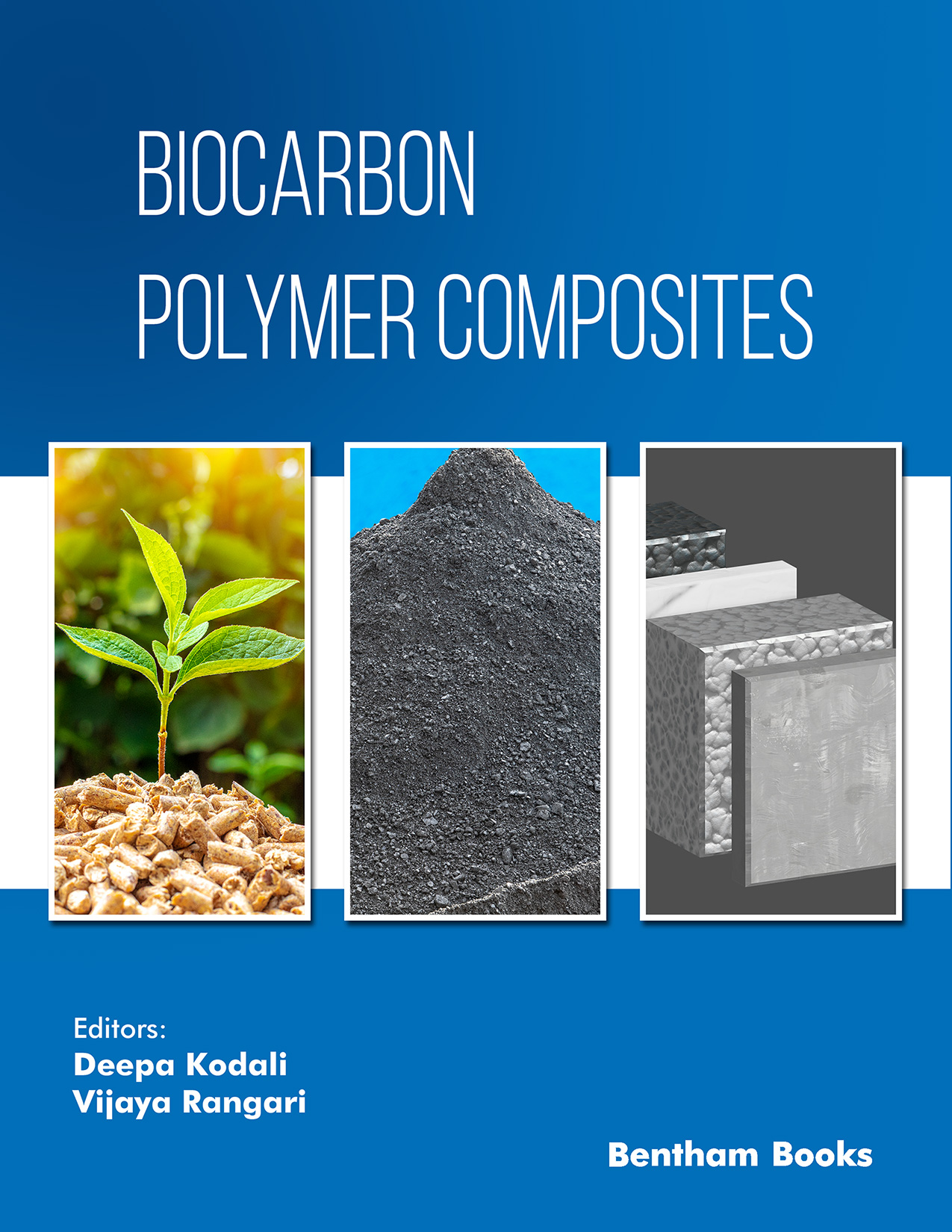Introduction
This book explores cutting-edge biocarbon polymer composites. The book brings together nine edited chapters that explore the development, properties, and applications of these eco-friendly materials, highlighting their potential to transform industries and reduce the environmental impact of traditional polymers. Spanning a range of critical topics, this book begins with an introduction to biocarbon and polymer materials, providing a solid foundation. It then progresses into the latest research on biocarbon sources, processing techniques, and characterization methods. Subsequent chapters cover the mechanical, thermal, and electrical properties of biocarbon polymer composites, along with their applications in diverse industries such as automotive, construction, and packaging. Contributors highlight real-world case studies and examples to showcase the practical relevance of these materials.
Readers will gain a comprehensive understanding of the science and technology behind biocarbon polymer composites, enabling them to make informed decisions in materials selection and development. In an era of increasing environmental consciousness, this book emphasizes the eco-friendly nature of biocarbon composites, offering sustainable alternatives to traditional plastics. Additionally, this book bridges the information gaps between different disciplines and it is intended for a wide range of readers, from materials scientists and engineers to environmentalists and industry policymakers.
Readership:
Researchers and scientists in materials science and engineering; Professionals in industries seeking sustainable alternatives to traditional plastics; Environmentalists and policymakers interested in promoting eco-friendly materials; Academics and students studying materials science, polymer chemistry, and sustainable technologies; Innovators and entrepreneurs looking to capitalize on emerging materials trends.

